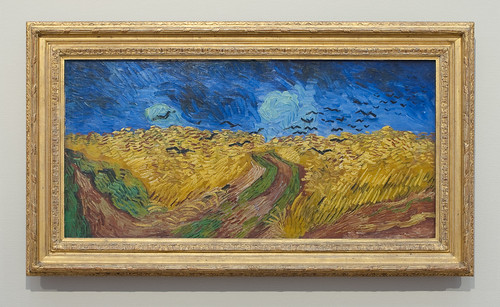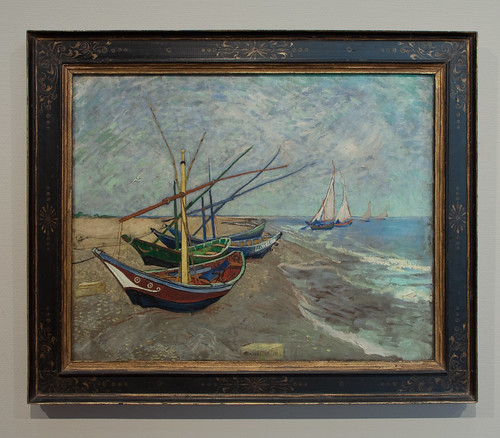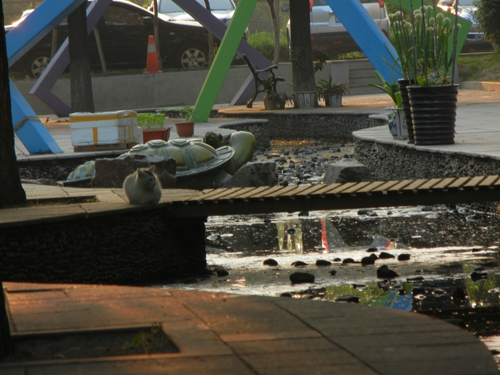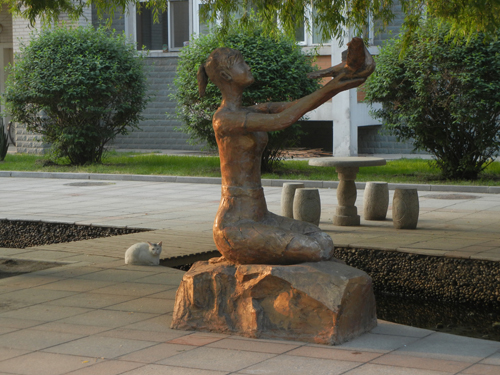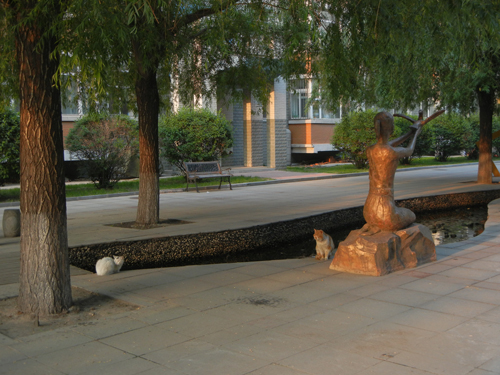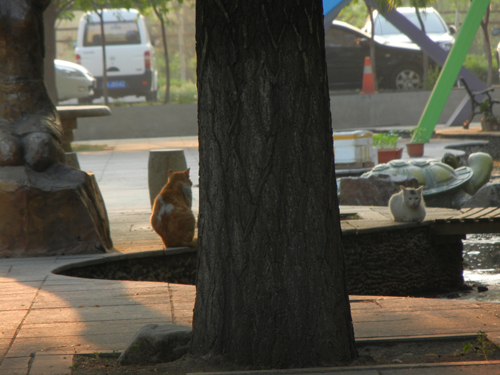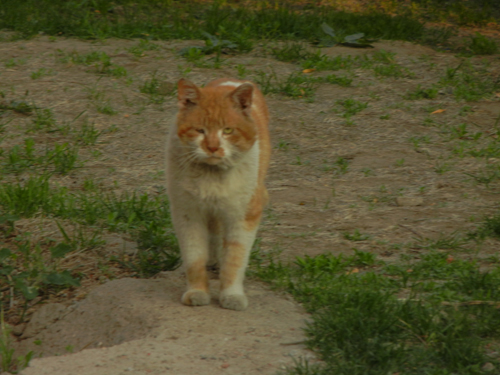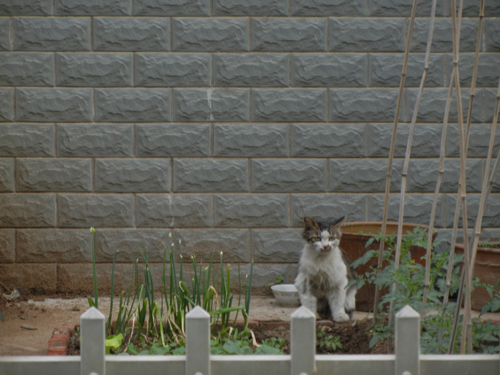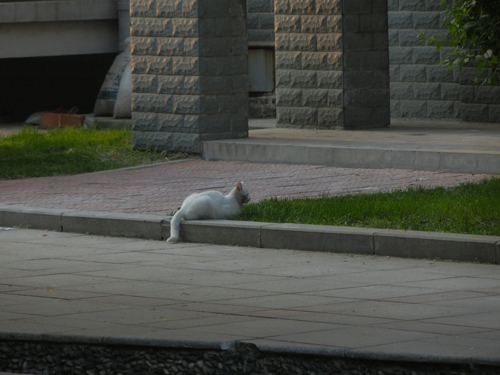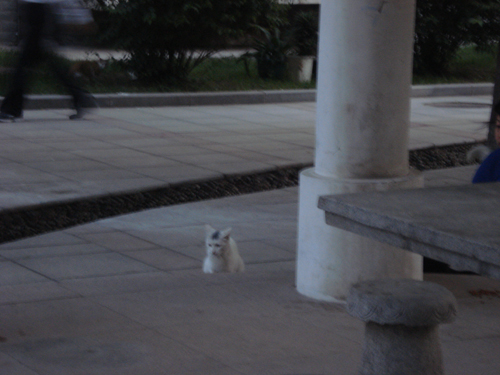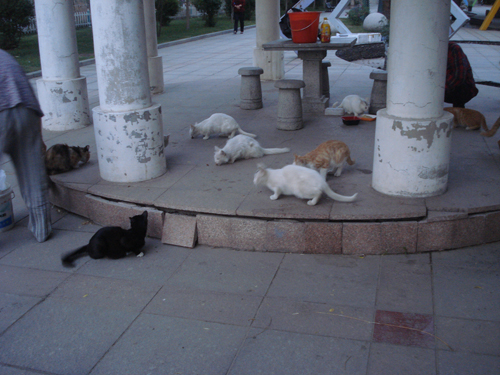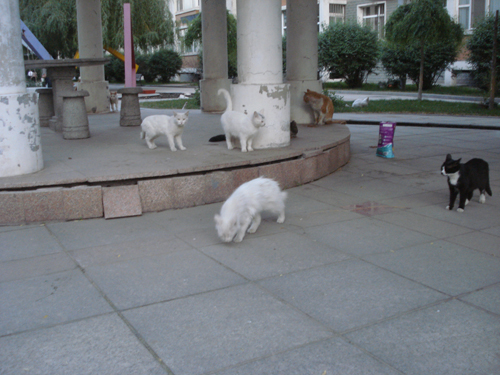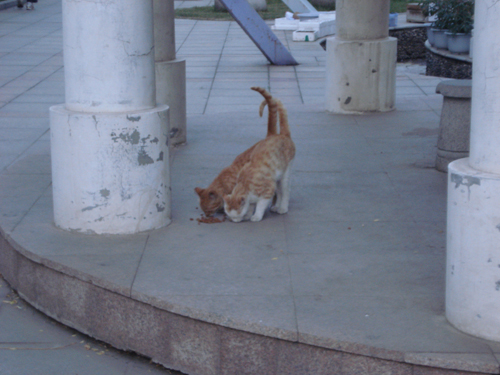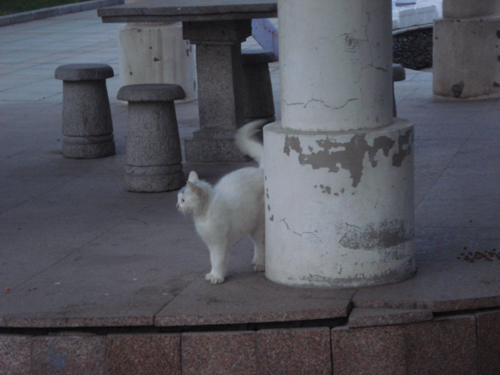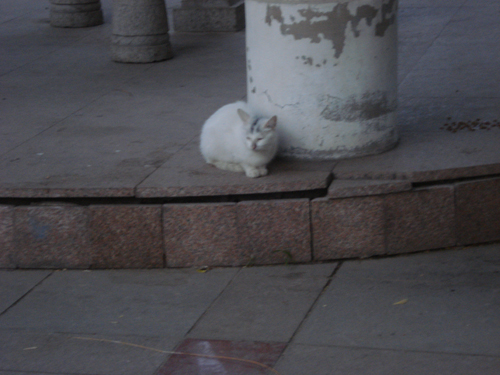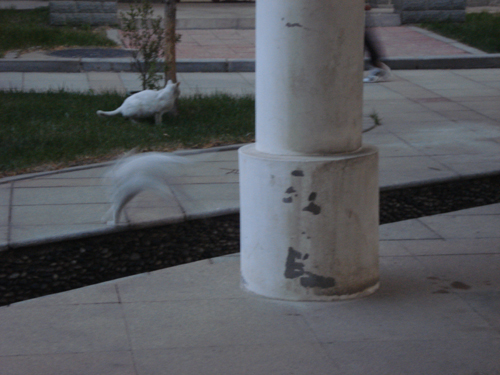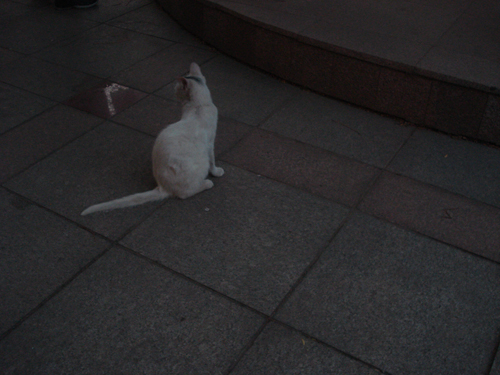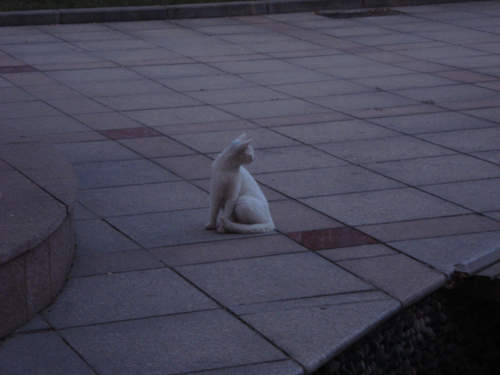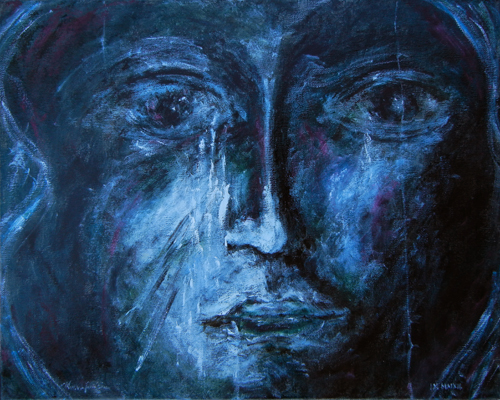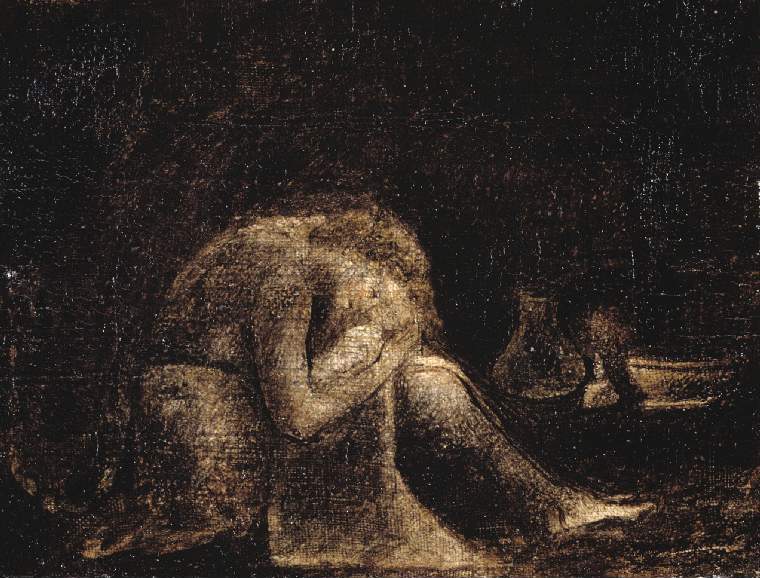
The Regentesses of the Old Men's Home in Haarlem, 1664
canvas, 170.5 x 249.5 cm
Frans Hals (Antwerpen ca 1582 - Haarlem 1666)
First, these people were women, though severe and somber, their delicate broad white lace collars softened their images and the sloping lines of their heads and hands giving us a sense of a close community and strong bond of sisterhood. These were not ordinary women, rather, they were four four regentesses with the housemother standing behind. They were somewhat severe and wise in their business like directness, and not without kindness, in their modesty and motherly nodding way. The arrowhead shaped composition added a sense of movement and power to these serious though not without some motherly benevolence women.
According to Haarlem Museum, "the four regentesses of trustees of the Old Men's Alms House in 1664 were Adriaentje Schouten, Marijtje Willems, Anna van Damme and Adriana Bredenhoff. They are portrayed, with the housemother, in this group portrait by Frans Hals. The painting in the background may be of the Good Samaritan, a subject that illustrates the charity of the regentesses. The portraits of the regentesses and the regents have been both admired and reviled over the centuries - admired for the manner of their painting, which had a particularly marked impact on the Impressionists and Realists of the 19th century, and reviled because people thought that the portraits of the regentesses were not very flattering. For a long time it was believed that Frans Hals had lived in the Old Men's Alms House. It was said that this portrait of the regentesses and that of the regents were his way of taking his revenge on the strict trustees. But Frans Hals never lived in the Old Men's Alms House. We do, however, know that in the 1630s Frans Hals and his large family lived in Groot Heiligland, the street where the Old Men' s Alms House stood."
I did not feel this group portrait unflattering at all. Rather, it elevated the status of women. Applaud the painter and the regentesses as well.
My second choice from Frans Hals Museum contrasted markedly from the one above - a portrait of Mercury by Hendrick Goltzius (Mühlbracht 1558 - Haarlem 1617).

Mercury, 1611, canvas, 214 x 120 cm
Hendrick Goltzius (Mühlbracht 1558 - Haarlem 1617)
First, the subject of this painting was one of my favorite gods - Mercury, youthful, lithe, swift and elegant. Second, he was the patron of the arts and god of rhetoric - the fields I valued highly. The only reservation I had about this version of Mercury lay in the fact that he was more a man than a youth, even more so than Michelangelo's David, massive, yet not ungraceful.
The museum's website described the god as "recognizable by his winged helmet, the snake-entwined caduceus and a cockerel. In this version, his caduceus looks very much like a maulstick. At Mercury's feet He drawing attributes, a set square, compasses, a drawing and an album of drawing patterns. Behind him stands a girl sticking her tongue out and holding a rattle and a magpie. In this painting. too, wisdom and stupidity are united: the girl symbolizes foolish prattle."
What I liked most of the painting was the forward leaning pose of the god and his purposeful and determined look, and the wonderful rendering of his marvelous masculine body, if I could momentarily disassociate this powerful figure from the Mercury of my own concept. I also found the cockerel at his feet very intriguing and its symbolism though escaped me. Perhaps a reference to the dominating and warrior like nature of Greek gods? Perhaps a reflection of Mercury, in its equally forward leaning pose?
My Favorite Museum Collection Series
>> My Favorite Museum Collection Series 53: My Favorite Paintings at Museum Boijmans Van Beuningen Rotterdam
<< My Favorite Museum Collection Series 51: My Favorite Paintings at Van Gogh Museum, Amsterdam

